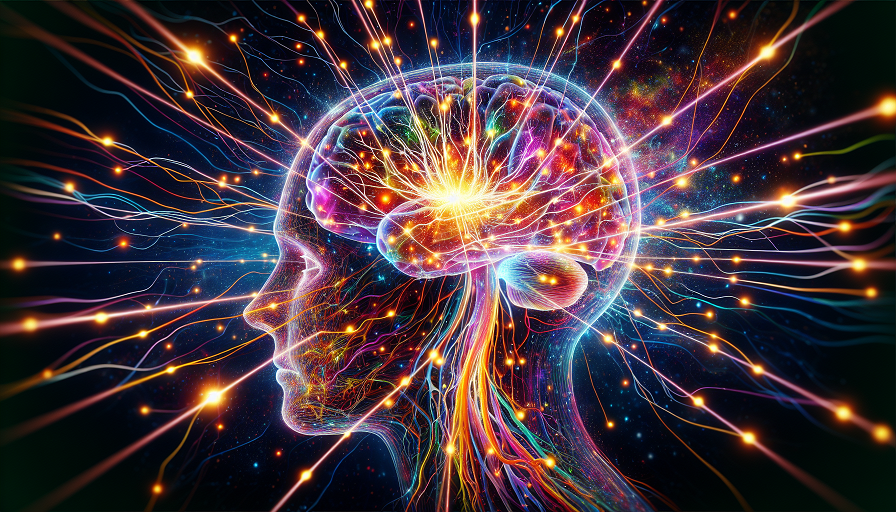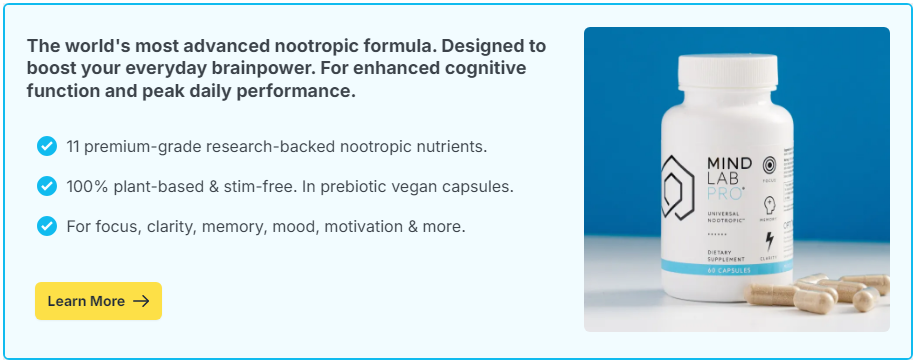
It’s a familiar story: you stare at a blank page for an hour, unable to write a single useful sentence. You wrestle with a work problem, trying every logical approach you can think of, but nothing clicks. Then, hours later – maybe while taking a shower or walking the dog – the solution appears in your mind fully formed. This phenomenon, where breakthroughs occur when you’re not actively trying, is more than a quirk of creativity. It’s the result of a fascinating interplay between brain networks, memory processes, and even mood regulation.
Contents
The Science of Being “Stuck”
When we talk about being stuck, we’re often describing a state of mental fixation. The brain’s executive control network, centered in the prefrontal cortex, is in overdrive, focusing on the problem and filtering out other thoughts. While this intense focus can be helpful for routine tasks, it can backfire when solving complex or creative problems. The mind becomes locked into familiar patterns – revisiting the same unsuccessful strategies instead of exploring new ones.
This is known as a mental set or cognitive fixation, and it’s a major reason why pushing harder sometimes produces fewer results. The pathways you’re using are well-worn, but they might not lead to the solution you need.
The Role of the Default Mode Network
When you step away from the problem, something interesting happens. Your brain’s default mode network (DMN) – a set of interconnected regions including the medial prefrontal cortex, posterior cingulate cortex, and angular gyrus – becomes more active. The DMN is often engaged when your mind is wandering, daydreaming, or thinking about the past and future.
In this relaxed state, the brain connects ideas across distant neural networks, often bringing in unrelated memories or associations that were inaccessible during intense concentration. This process, known as incubation, is a key ingredient in sudden “aha!” moments.
Why the Shower Is a Creativity Hotspot
There’s a reason so many people report having their best ideas in the shower. Warm water relaxes muscles and reduces stress hormones like cortisol, while the repetitive, automatic actions of washing free up cognitive resources. This combination creates a mental state where the DMN thrives, allowing unexpected associations to surface.
Similar effects occur during walks, light chores, or driving along familiar routes – activities that are engaging enough to keep your hands busy but not so demanding that they monopolize your attention.
Memory Integration and Insight
Insight often feels sudden, but the groundwork is laid long before the breakthrough. When you’re working on a problem, your hippocampus encodes relevant details into memory. Later, during periods of rest or unrelated activity, your brain replays and reorganizes these memories, linking them to other stored information.
Studies using EEG and fMRI have shown that just before an insight, there’s a burst of gamma-wave activity – indicating a rapid integration of information across brain regions. This moment of neural synchronization is what transforms scattered knowledge into a coherent, actionable idea.
The Role of Mood and Mindset
Mood plays a significant role in whether you’ll have a breakthrough while stuck. Positive moods, even mild ones, tend to broaden the scope of attention and encourage divergent thinking – the kind needed for creative solutions. Negative moods, on the other hand, often narrow focus, reinforcing the same ineffective strategies.
Even a small mood shift – listening to music you enjoy, taking a quick walk outside – can nudge the brain into a more open and flexible state, increasing the likelihood of insight.
How to Harness Being Stuck for Better Ideas
Instead of fighting mental blocks, you can use them as part of your creative process:
- Step away strategically: Take breaks that involve light physical activity and minimal mental demand.
- Change your environment: A new setting can trigger fresh associations.
- Switch tasks: Work on something completely different for a while to allow subconscious processing.
- Engage in mindful distraction: Activities like gardening, walking, or doodling can keep your body occupied while freeing the mind.
- Capture ideas quickly: Keep a notebook or voice recorder handy – breakthroughs can vanish as quickly as they arrive.
Nootropics, Brain Health, and Creative Breakthroughs
Insight depends on the brain’s ability to communicate efficiently across regions. This requires healthy neural connections, adequate neurotransmitter levels, and balanced brainwave activity. Factors like chronic stress, sleep deprivation, and poor nutrition can impair these processes, making “aha!” moments less frequent.
Some individuals use nootropics and brain supplements to support focus, memory, and creative thinking. While no supplement can guarantee a breakthrough, compounds that enhance neuroplasticity, increase cerebral blood flow, or improve mood may help create the conditions where insights are more likely to occur. As always, the foundation is a healthy lifestyle – supplements are an enhancement, not a substitute.
The Incubation Advantage
Periods of being stuck aren’t wasted time – they’re part of the incubation process. Many great ideas, from scientific discoveries to artistic masterpieces, have emerged after periods of apparent unproductive struggle. By recognizing this as a natural cognitive rhythm, you can work with your brain instead of against it.
Trusting the Process
Getting stuck can be frustrating, but it’s also a signal that your brain is preparing to connect the dots in a new way. By stepping back, shifting your focus, and trusting the incubation process, you invite your default mode network to do its quiet, behind-the-scenes work. The next time you hit a wall, remember: the breakthrough might already be on its way – it just needs you to take a walk, hum a tune, or hop in the shower to meet it halfway.

